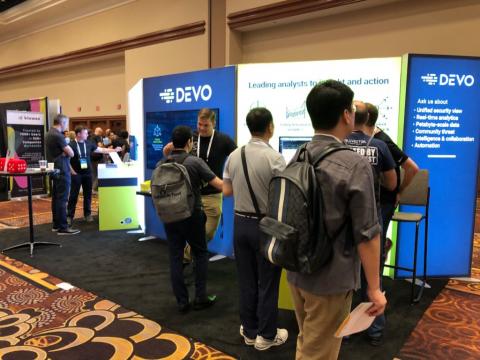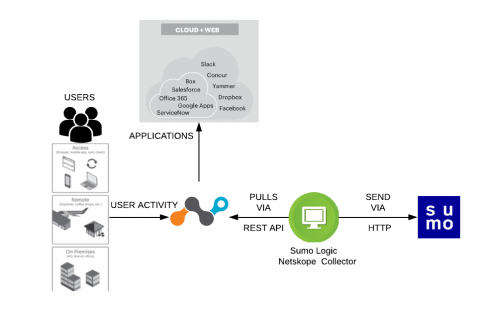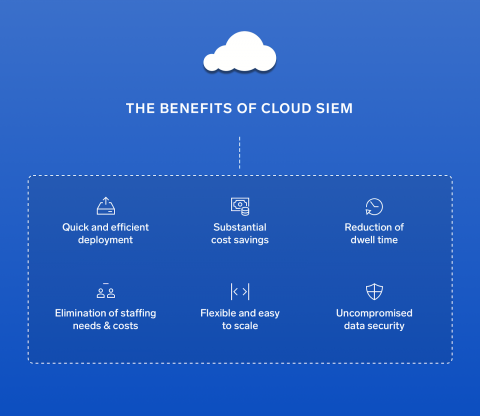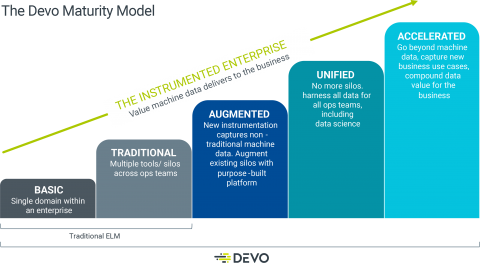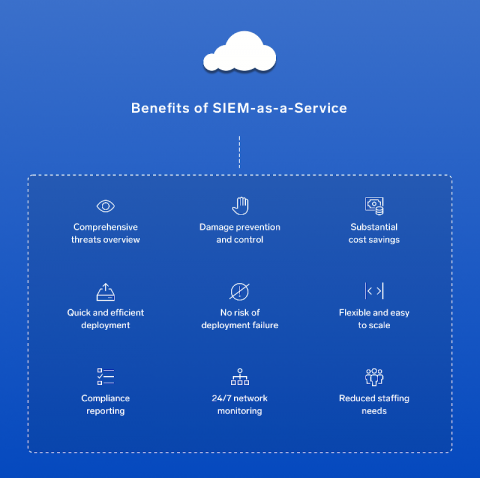Security | Threat Detection | Cyberattacks | DevSecOps | Compliance
Logging
How to be next-gen at Black Hat USA '19
The past few months have been busy for us at Devo! We’ve been on a security conference tour; the first stop was Gartner Security & Risk, then AWS re:Inforce, and last week, Black Hat. Black Hat was exciting because, in case you missed it, we announced our vision for and showcased our next-gen cloud SIEM!
Sumo Logic adds Netskope to its Security and Compliance Arsenal
How to SIEMplify through Cloud SIEM
From Basic to Accelerated: The Devo Maturity Model
IDC says to estimate reaching 175 zettabytes of data by 2025, a 61 percent increase from today’s data volumes. Business leaders and IT executives overwhelmingly agree that they can do more to harness this data, but are we as an industry lacking for imagination? Or do we simply not know where to start or how to progress? To add insult to injury, today’s enterprises are stuck in the land of silos and replication, and too much data wrangling that consumes an already oversubscribed budget.
When Metrics and Logs are Unified, Good Business Ensues
If you’re reading this, you likely know what a log is, and what a metric is. But sometimes there are questions on their differences, whether you really need both, and if you should use dedicated solutions to manage each type. The answers? Yes, you need both; yes, they should be unified. Logs and metrics, aka machine data, are complementary.
To SIEM or not to SIEM?
Introducing Devo Activeboards: A New Way to Visualize Machine Data
The data visualization space is crowded. There are lots of tools, each purporting to be the tool that solves your data woes and leads you to insight via illustrations. But while you may get good-looking graphs, you are probably not seeing the behind-the-scenes pain from IT: analytics dashboards and vertical applications take multiple meetings for gathering requirements, and they discover the direction wasn’t quite right the first time around.
Miles Ahead in the Cloud - Using Sumo Logic for security and compliance challenges
Log Management Best Practices for SIEM
Undoubtedly, log management is the heart of any SIEM solution. The more access to logs your SIEM has the better it will be able to perform. Logs help in identifying who attacked your organization and how these malicious actors penetrate your corporate network. By logging all the vital information related to network devices and other critical systems, you will be able to get a deeper insight into your organization’s cybersecurity posture.



